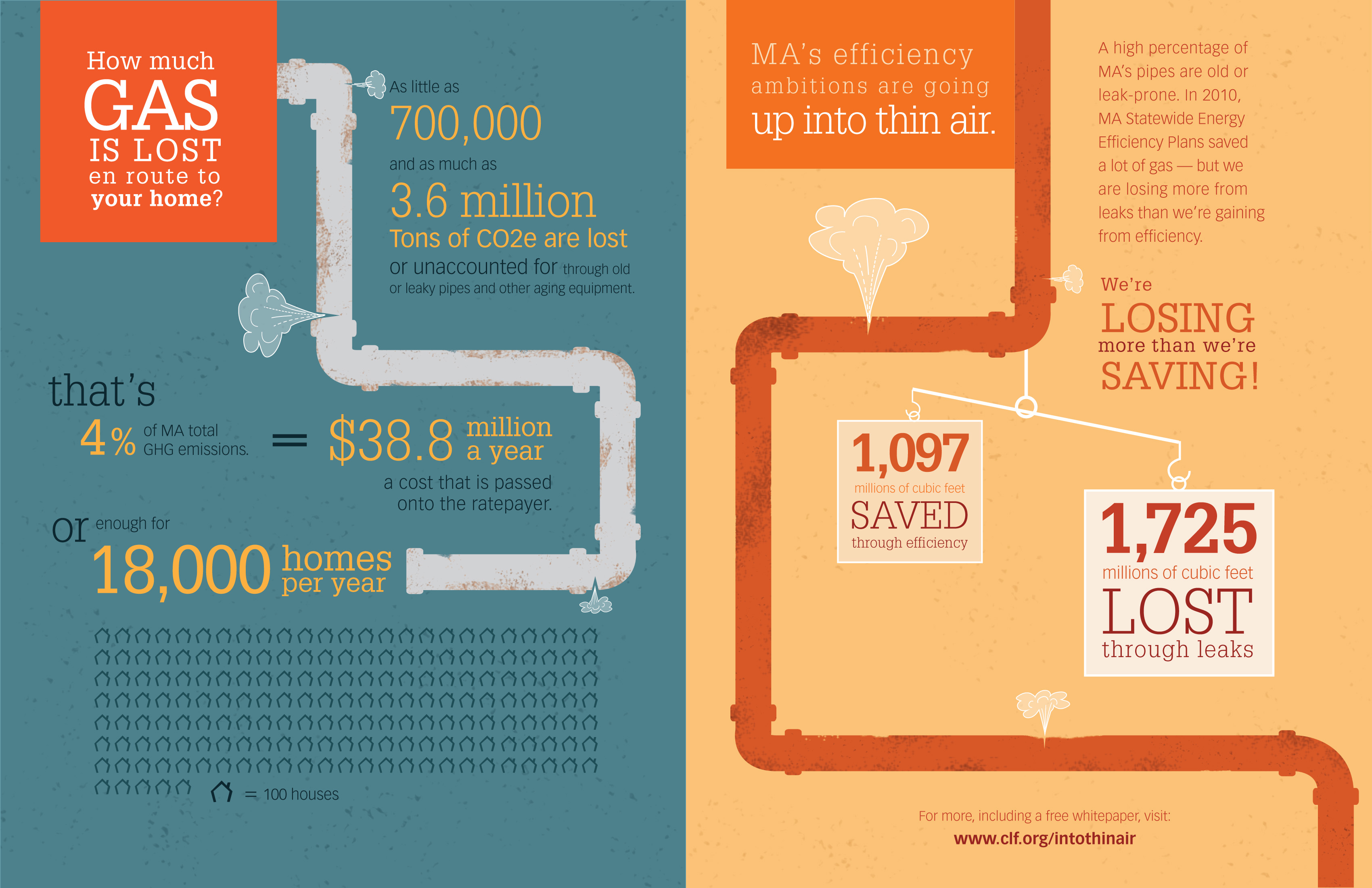Assessing The Financial Aspects Of Solar Power Installation: Is It A Worthwhile Investment?
Assessing The Financial Aspects Of Solar Power Installation: Is It A Worthwhile Investment?
Blog Article
Material Develop By-Mathis Albertsen
When taking into consideration the expenses of solar setup, you might wonder about the ahead of time financial investment needed and whether it straightens with the prospective long-lasting benefits. Recognizing the complexities of these expenses and the various elements affecting the overall return can shed light on the worth proposal of transitioning to solar energy. By reviewing both the first configuration expenses and the predicted financial savings gradually, you can get insight right into whether the investment in solar installment holds promise for your monetary future.
Preliminary Arrangement Expenses
When taking into consideration the prices of solar installation, the initial setup expenses play an essential duty in your decision-making process. These in advance costs consist of the cost of solar panels, inverters, placing tools, and installment labor.
The price of solar panels can vary depending upon the brand name, effectiveness, and size you choose. Inverters are important for transforming the sunlight's energy right into useful electricity and be available in various types such as string inverters, microinverters, and power optimizers, each with its very own price ramifications.
Placing devices, such as racks and rails, is essential to securely set up photovoltaic panels on your roofing system or residential property.
The setup labor cost covers the expert installment of the planetary system, guaranteeing that everything is established appropriately and effectively. Bear in mind that while these first configuration expenses might appear high, there are commonly rebates, tax obligation incentives, and funding options offered to help counter the expenses and make solar installation extra budget-friendly in the long run.
Long-Term Financial Savings Analysis
To understand the monetary advantages of solar installment with time, it's critical to carry out a comprehensive long-term savings analysis. While home solar system installers of photovoltaic panels might appear daunting, the lasting financial savings can surpass these prices considerably. By utilizing the power of the sunlight to generate electrical power for your home, you can possibly save thousands of bucks on your utility bills over the life-span of your planetary system.
One of the vital elements to take into consideration in a lasting savings analysis is the reduction in your electrical power bills. With solar panels, you can create your electrical power, reducing or even removing your reliance on the grid. This can lead to substantial cost savings, especially as utility prices remain to increase.
In addition, several federal governments provide incentives such as tax debts and discounts for setting up photovoltaic panels, additionally improving your lasting cost savings. By making the most of these rewards and maximizing your solar energy production, you can delight in considerable financial advantages for years ahead.
Roi Calculation
Thinking about the financial benefits of solar installation, it's time to evaluate the Return on Investment (ROI) computation. Figuring out the ROI includes comparing the total prices of installing a planetary system with the financial advantages it generates over its life expectancy.
To compute ROI, separate the net profit from the system by the overall financial investment expense and multiply by 100 to obtain a percentage. The ROI formula is: (Net Earnings/ Total Investment Price) x 100.
For example, if the total cost of installing a solar system is $20,000, and over its life expectancy, it creates savings and profits amounting to $30,000, the internet revenue would certainly be $10,000. Splitting https://www.space.com/airbus-space-solar-power-test by the total investment cost of $20,000 offers a proportion of 0.5. Multiplying this by 100 supplies an ROI of 50%.
Typically, a higher ROI shows a much more financially fulfilling financial investment. Aspects like government motivations, upkeep expenses, and power cost fluctuations can affect the ROI of solar installments. Comprehending the ROI aids in analyzing whether purchasing solar power deserves it in the long run.
Conclusion
In conclusion, comprehending the expenses of solar installment is crucial for identifying if it is worth the financial investment. By considering first configuration costs, carrying out a long-term cost savings analysis, and computing the roi, you can make an educated choice about the economic value of solar power. With the capacity for lowered utility expenses and boosted power freedom, buying solar setup can be a clever option for both your wallet and the environment.
